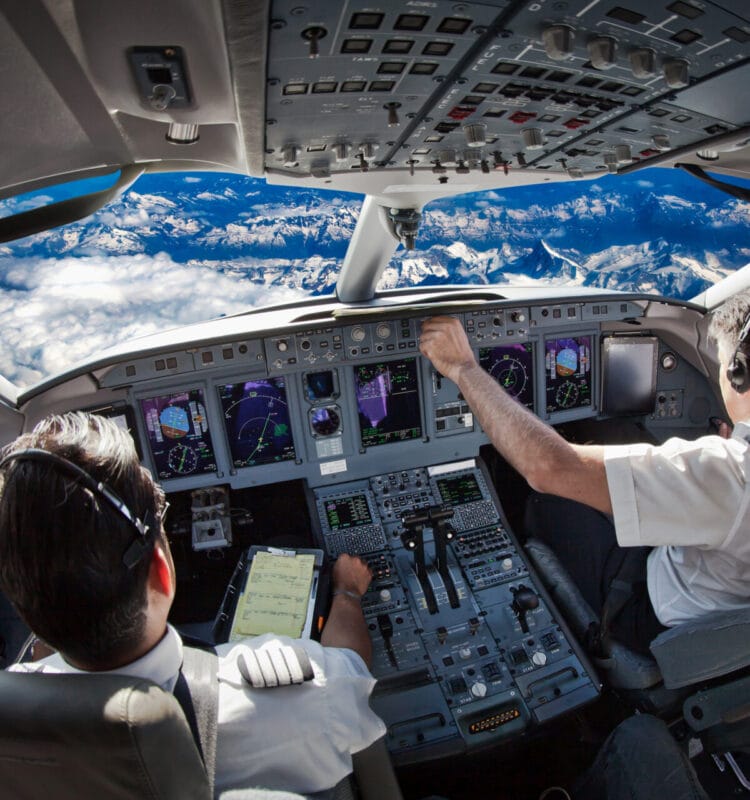EN


Aviation has seen remarkable advancements over the years, from the very first powered flight to supersonic travel and beyond. However, the future of aviation isn’t just about faster and more efficient aircraft; it’s also about leveraging innovative technology to enhance safety and performance. One such innovation is eye tracking technology, and in this article, we delve into the promising future of eye-tracking in aviation, as presented in Smart Eye’s recent webinar.
Aviation’s progression is intrinsically linked with the evolution of human-machine interaction. Pilots have transitioned from manually controlling every aspect of an aircraft to supervising highly automated systems. Understanding how humans interact with these systems is fundamental to ensuring safety and efficiency.
The Evolution of Eye Tracking
Eye tracking technology has come a long way from its early iterations. Today, it’s not just about monitoring where someone is looking; it’s about decoding human behavior. Smart Eye’s advanced systems go beyond the gaze and can provide insights into an individual’s cognitive state. This advancement has unlocked a wide array of applications in aviation, offering the potential to transform the industry.
Pilot training remains a cornerstone of aviation safety. Smart Eye’s eye tracking systems are instrumental in helping the next generation of pilots hone their skills. These systems offer real-time feedback, allowing aspiring pilots to perfect their scanning techniques and decision-making processes. The future holds the promise of even more personalized and effective pilot training programs.
Flight safety is non-negotiable, and eye tracking technology is playing a pivotal role. It ensures that pilots remain alert, attentive, and free from distractions during critical flight phases. With continuous advancements, eye-tracking systems could become even more integrated into cockpit design, contributing to real-time decision support and emergency response.
Air traffic controllers shoulder immense responsibility, managing countless aircraft in real-time. Smart Eye’s technology supports controllers by reducing cognitive load and improving communication. The future may see the development of eye tracking solutions that seamlessly integrate with air traffic control systems, enhancing situational awareness and streamlining communication further.
The applications of eye tracking technology in aviation extend beyond training and safety. It can revolutionize the design of human-machine interfaces in the cockpit, making it more intuitive and less prone to user error. In addition, by analyzing pilot and controller behavior, it could help optimize air traffic management and even contribute to research on autonomous flight systems.
The future of aviation is an exciting one, with eye tracking technology playing an increasingly significant role. As aviation continues to embrace automation, understanding human behavior remains paramount. Smart Eye’s advanced eye-tracking solutions are well-poised to address the evolving needs of aviation, contributing to safer skies, more efficient operations, and better-trained pilots and air traffic controllers. The future of aviation is not just about flying higher and faster; it’s about flying smarter, and eye tracking technology is a vital piece of that puzzle.
Interested in eye tracking for pilot training? Download our Comprehensive Guide to Eye Tracking Technology for the Aviation Industry here, or contact us today to schedule a demo!
